I had no idea how much of a slacker I’d become here. But the housekeeper does it all, so all *I* do is sleep. Next to the pool. In the office. In the lanai…
Which leads me to the question: if I’m not in Florida or Hawai’i, what *do* I call the very large screened-in porch with a fan?
At any rate, so much has happened — though I have to wonder how much anyone is interested in the little things we’ve done that keep life here interesting.
Whatever, we’ll call this stream-of-thought journaling, and you can either skim and look at the pretty pictures or read raptly! The choice is yours, Dear Reader.
CRITTERS
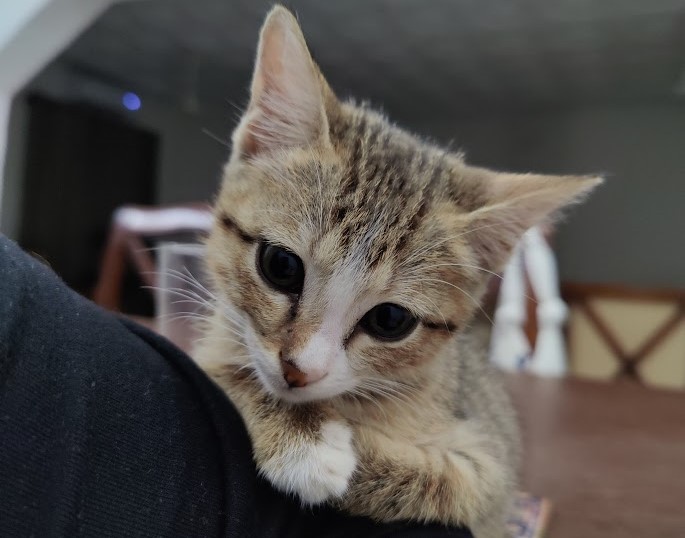
Meet Wendi. We had no intentions of adopting critters the minute we got here, but there you go. Wendi was tiny and injured, and being cared for by someone who was allergic to cats. We couldn’t have that, could we? We think she was born at the end of September and she was about 4 weeks old when we acquired her. She’s growing quickly, though, and is crammed full of vim and vinegar. Or Satan’s own spirit. Depends on when you ask me. Temperamentally, she is so very different from our previous (male) tabby cat, which leads me to think that it’s female cats that are psychotic; not just calicos (yes, I’m looking at you Chaussette). When she’s asleep she’s angelic, sleeping under the covers as close to Ma as she can get. In fact, she’s rarely very far from either of us when we’re home. When she’s awake, though. . .
Wendi is short for Wandiahanno (one word or two, we don’t know) which means pretty lady in the local Zarma language (aka Djerma, it’s the 2nd most common language in Niger and is spoken by 21% of the Nigerien population, behind Hausa at 55%). Ma will be starting Zarma classes in the new year1, so that’ll be fun.


We also acquired Jerry in November. Jerry is an African spurred tortoise which, according to Wikipedia, is “also called the sulcata tortoise” and is “an endangered species of tortoise inhabiting the southern edge of the Sahara Desert, the Sahel, in Africa.” Turns out they hibernate in the winter (or harmattan, as the season is called here in the Sahel) so that first day’s foray into the sprinkler was the last time I saw him moving. Best. Pet. Ever. Jerry has been passed around from American house to American house as we cycle through Niamey. We’re not sure how old he is, or whose yard he lived in first, but every two or three years he’s carried to another new American’s house as his previous caretaker leaves the country. As a treat he loves bananas (I’ve heard they’re bad for him in large amounts, though); he’s also very fond of wet grass, lettuce, cucumber, and unripe mangoes.
Frank, our gardener, is from Ghana. Now, Frank is very protective of his garden and the plants in them. And I understand – he has made a very lovely garden and keeps the pool in pristine condition. I was a little nervous about Frank meeting Jerry, because apparently tortoises can get a little destructive with the den digging. When I say that Frank was excited to see Jerry in the yard, I am perhaps under selling his joy. He was ecstatic. And when Jerry then hibernated behind Frank’s wall of canna lilies, Frank agreed it was a good, safe place. I was amazed. Looking forward to seeing Jerry once harmattan is over and things “warm up” around here.
Here in Niamey we see a fair number of working donkey and camels, like this one, hauling the grass panels that are used for everything from hut walls, floors and roofs to fences.

Roaming the neighborhood you’ll find goats, sheep, and the amazing Nigerien (beef) cattle. They take themselves to where the eating is best (which is why all of the trees outside the housing compounds are protected by cages) — you think they’re just wandering, but you can be sure that the owner (or minder) is nearby somewhere. This herd of sheep and pair of cattle have been spotted on the embassy grounds (outside the walls, of course) on more than one occasion.


CAP BANGA
Ma looked into the dining scene here before we made the move, and has since been to a few of the western-style restaurants. Given that she’s obsessed with hippos (aka, murder cows) and there’s a place in the middle of the Niger River called Cap Banga, it’s no wonder she’s been there four or five times now. Sadly, to date she has still never seen any. (There are plenty of carved ironwood ones around – I fear someday we’ll end up with one of those instead!)
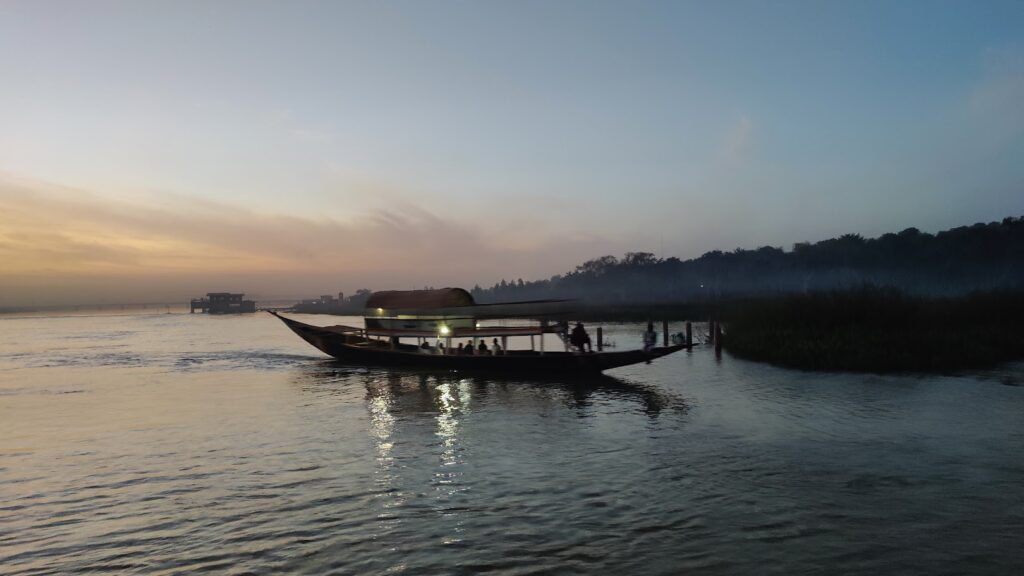
One of these days I’ll have to talk her into taking pictures at some of the other restaurants she’s been to.
Ok, time to post this entry that has been languishing in my drafts for a while… Now that we have internet at home and aren’t relying on the horribly expensive and stupidly unreliable Google Fi, I hope to post more often. But we’ll see how that goes. I’m trying to find a work flow that actually works… getting my photos from Ma’s phone to this site’s images repository is tedious at best. And with the dial-up speeds, I give up and walk away only to realize it’s been almost half a year since I last posted…. Oops.
- This post has been in the drafts so long that it’s now the end of May, Ma doesn’t have time for many Zarma classes, much to her instructor’s disgust, but she has a few handy phrases she can use to the delight of the Zarma population. Hausa? Not so much. ↩︎

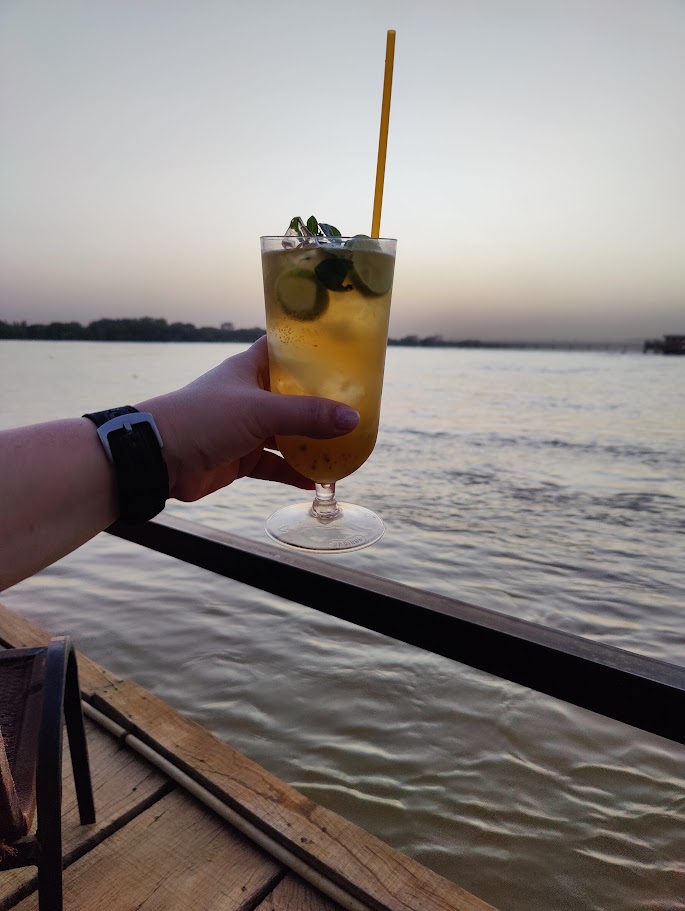
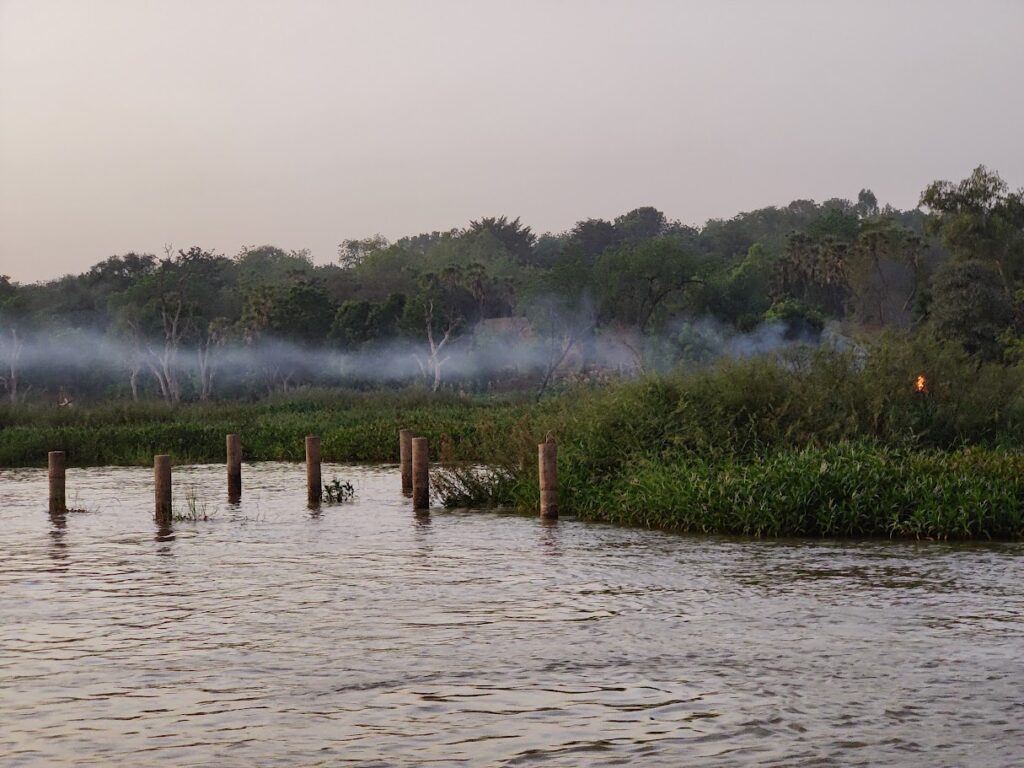
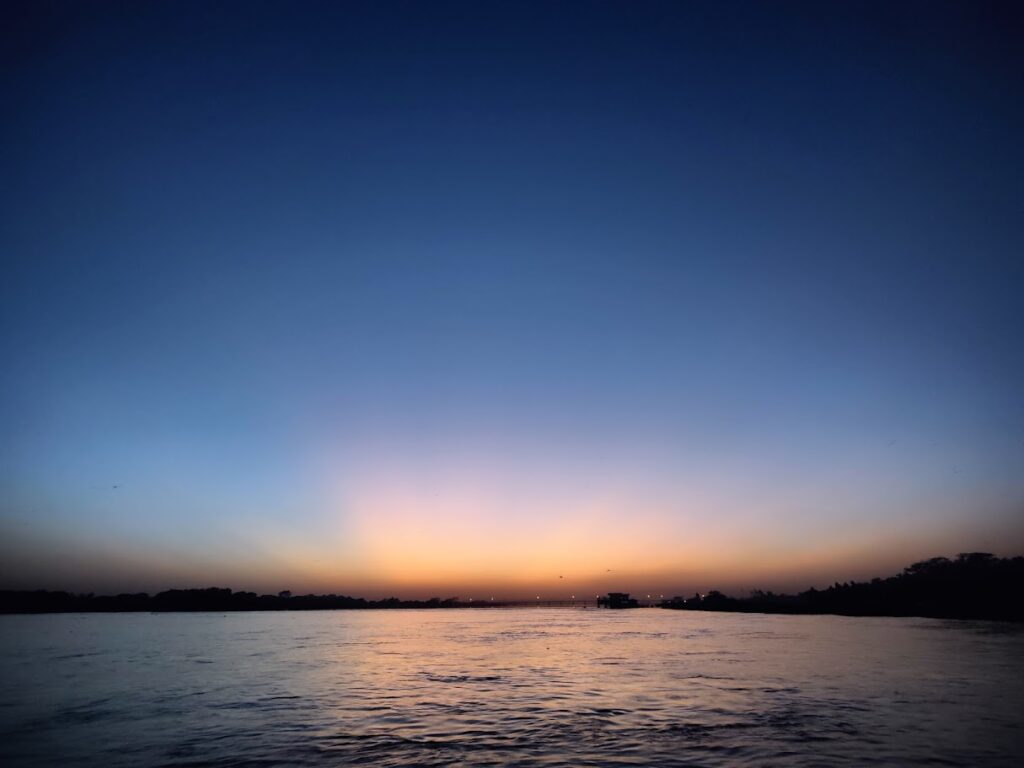
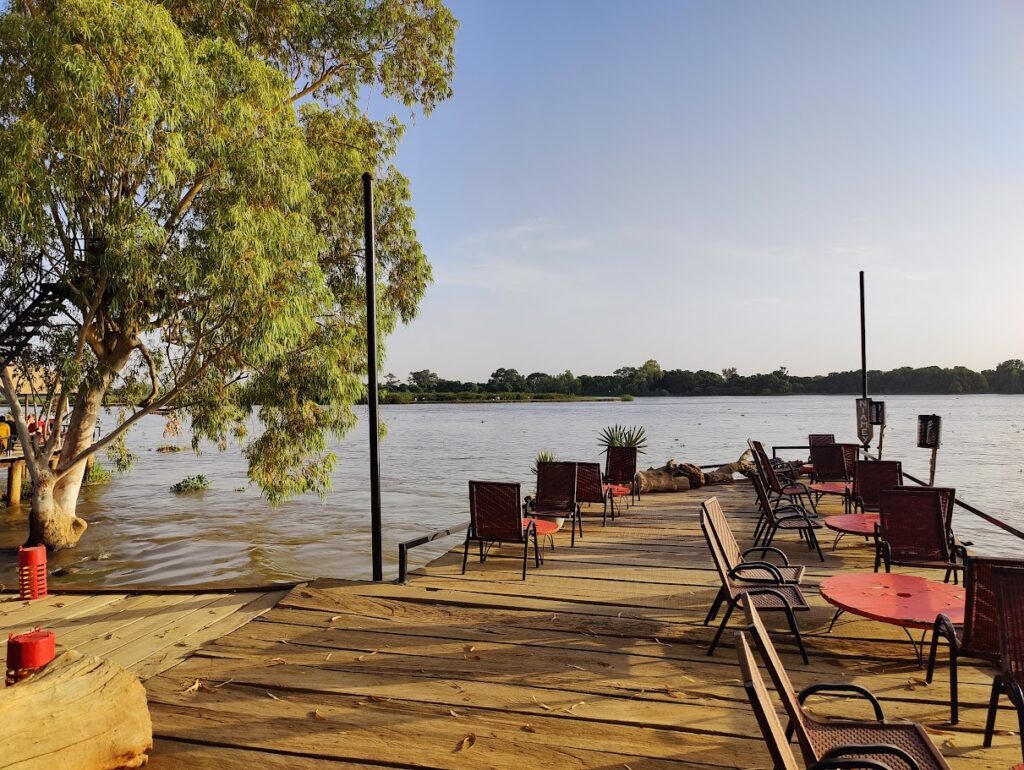
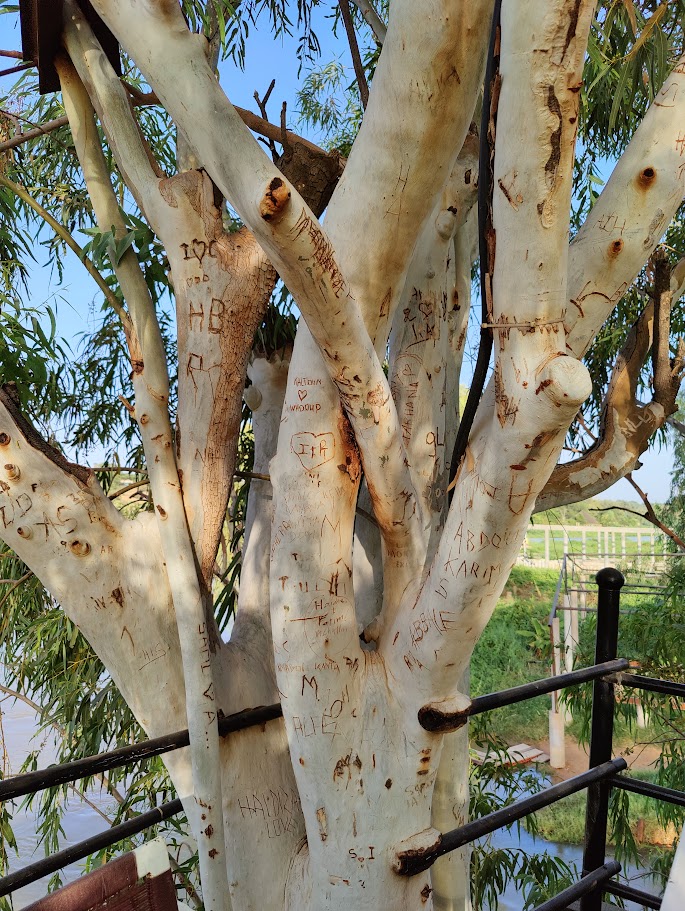

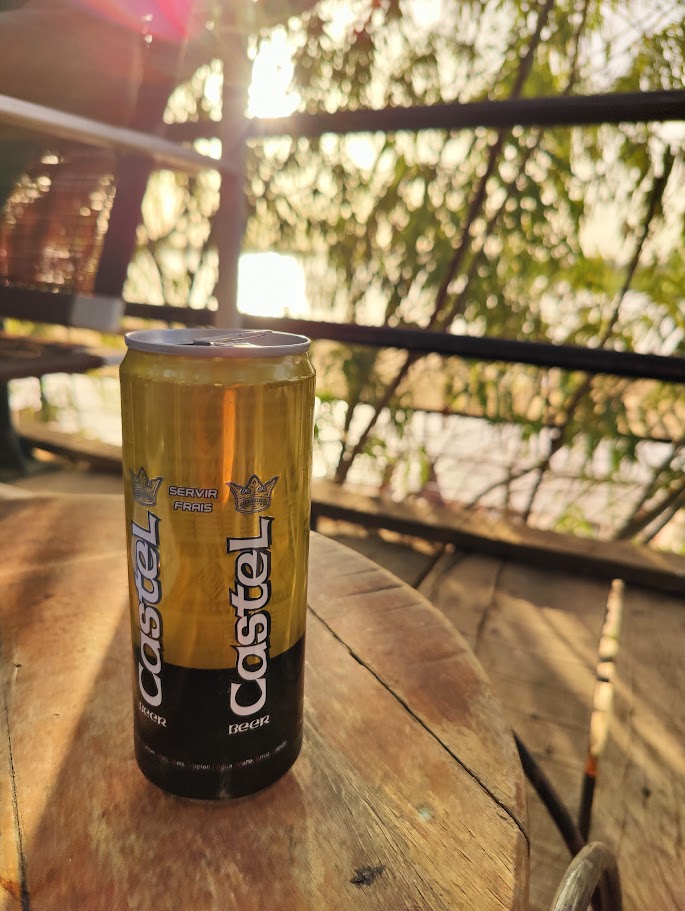
In Texas, they call lanai’s “verandas”, but upon some research, there may be some hair splitting differences between the terms. Veranda may imply more grandiosity, but my builder called my small screened in porch area a Veranda. And while my home is nice, it doesn’t wrap around the entire home.
Here’s what Microsoft’s AI says:
Certainly! Let’s break down the differences between a **veranda** and a **lanai**:
1. **Veranda**:
– A veranda is an extension of the home, typically with a roof and railings.
– It can wrap around the entire home.
– Verandas are often larger than patios or porches.
– They provide a covered outdoor space for relaxing, dining, or entertaining.
– The term “veranda” is commonly used in various regions.
– Verandas may have concrete, stone, or other types of flooring¹.
2. **Lanai**:
– A lanai is a specific type of porch, frequently used in Hawaii.
– It is usually enclosed and has a concrete or stone floor.
– Unlike sunrooms, lanais are situated on the ground adjacent to the home.
– Lanais provide a covered space with more airflow, similar to a sunroom.
– The term “lanai” originates from Hawaii and is regional in usage¹².
In summary, while both verandas and lanais are extensions of the home, a veranda tends to be larger and can wrap around the house, whereas a lanai is typically mid-sized and fully covered. Both spaces offer opportunities for outdoor relaxation and entertainment! 🌿🏡🌞³⁵
Source: Conversation with Copilot, 5/26/2024
(1) What’s the Difference Between a Lanai, a Patio, a Porch, and a Veranda?. https://www.patioproductions.com/blog/features/what-is-lanai-patio-porch-veranda/.
(2) Understanding the Difference Between Porch, Patio, Verandah, or Lanai …. https://www.lanaiguys.com/blog/understanding-the-difference-between-porch-patio-verandah-or-lanai-enclosure.
(3) What Is a Lanai? How to Use One in Your Outdoor Space – The Spruce. https://www.thespruce.com/what-is-a-lanai-7113332.
(4) Do you know the difference between a veranda and a lanai?. https://www.stlmag.com/design/outdoors/outdoor-living-defined/.
(5) Veendam veranda vs. lanai – Holland America Line – Cruise Critic. https://boards.cruisecritic.com/topic/1405241-veendam-veranda-vs-lanai/.
Anyway, love your pictures and looking forward to your future reports!
I dig these and read every one. Way better than Facebook. Gives me old school live journal vibes.
Love these posts as I live vicariously through your amazing adventure! Sorry to hear it is a struggle to make them. I just wanted to make sure you know they are appreciated!